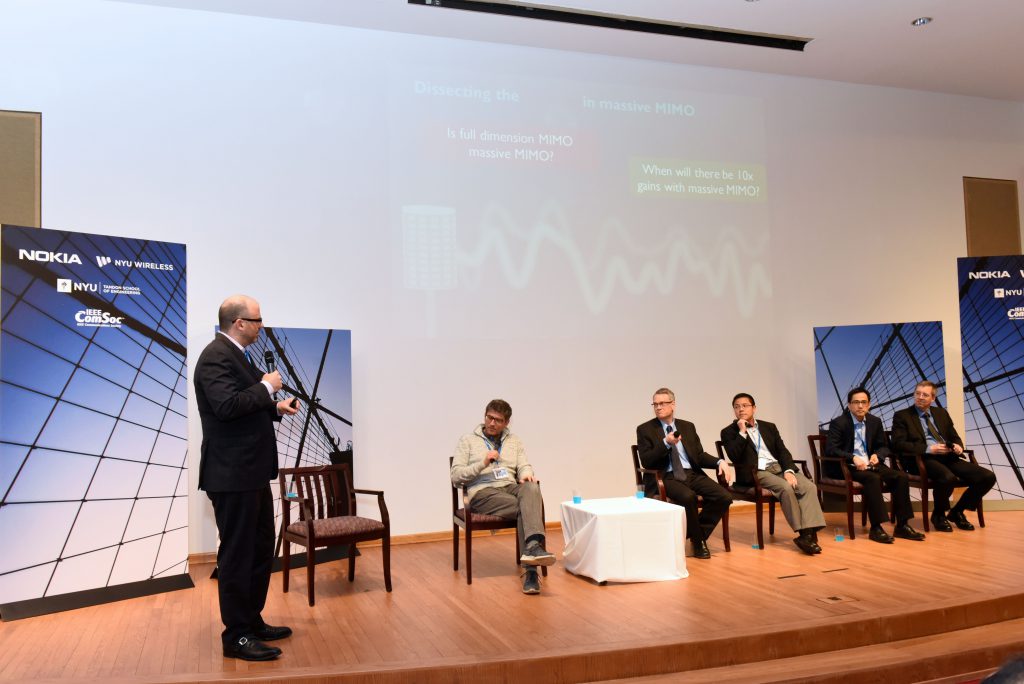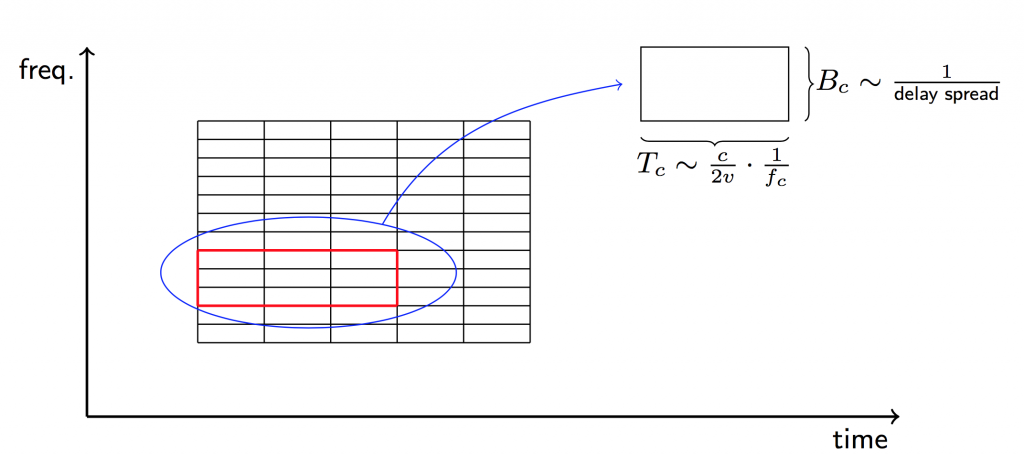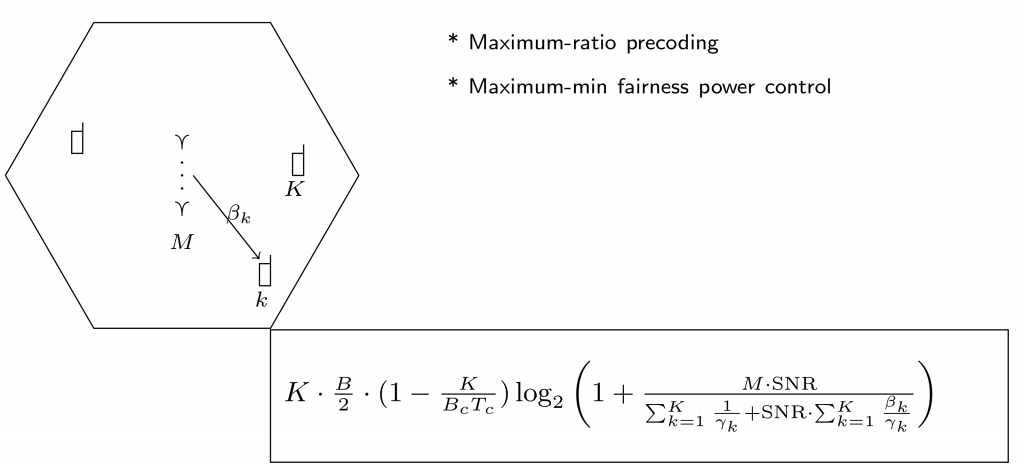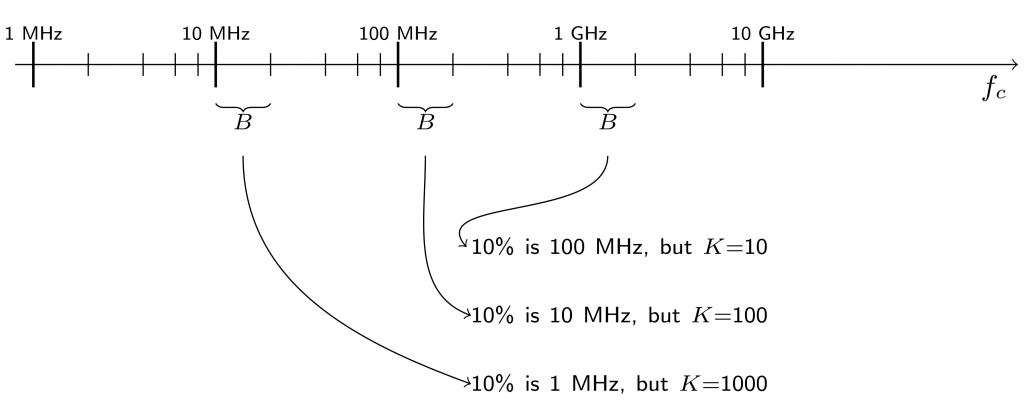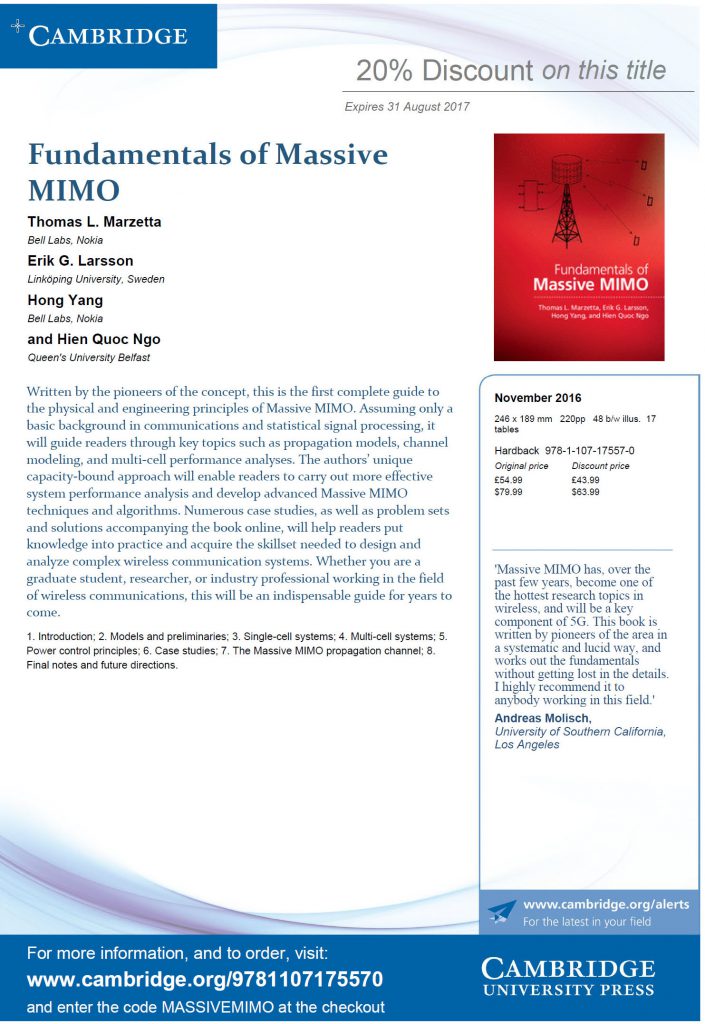I hear this being claimed now and then, and it is – of course – both correct and incorrect, at the same time. For the benefit of our readers I take the opportunity to provide some free consulting on the topic.
The important fact is that ergodic capacity can be lower-bounded by a formula of the form log2(1+SINR), where SINR is an “effective SINR” (that includes, among others, the effects of the terminal’s lack of channel knowledge).
This effective SINR scales proportionally to M (number of antennas), for fixed total radiated power. Compared to a single-antenna system, reciprocity always offers M times better “beamforming gain” regardless of the system’s operating point. (In fact one of the paradoxes of Massive MIMO is that performance always increases with M, despite the fact that there are “more unknowns to estimate”!) And yes, at very low SNR, the effective SINR is proportional to SNR^2 so reciprocity-based beamforming does “break down”, however, it is still M times better than a single-antenna link (with the same total radiated power). One will also, eventually, reach a point where the capacity bound for omnidirectional transmission (e.g. using a space-time code with appropriate dimension reduction in order to host the required downlink pilots) exceeds that of reciprocity-based beamforming, however, importantly, in this regime the bounds may be loose.
These matters, along with numerous case studies involving actual link budget calculations, are of course rigorously explained in our recent textbook.

